I’ve always been really interested in industrial buildings for some reason. In fact it’s not even just industrial buildings - it can be machine rooms in normal buildings, lift shafts, storerooms, etc. I’m not quite sure why to be honest - something to do with how buildings get built with bizarre layouts to fit processes and machinery. Or maybe something to do with all the hidden walkways high up in the rafters of buildings or hidden under the floor in basements.
I’ve also always been interested in abandoned places - cities, buildings, towns; They’re pretty hard to come by so I tend to gravitate towards that kind of fiction in movies and books then - post apocalyptic stuff mostly.
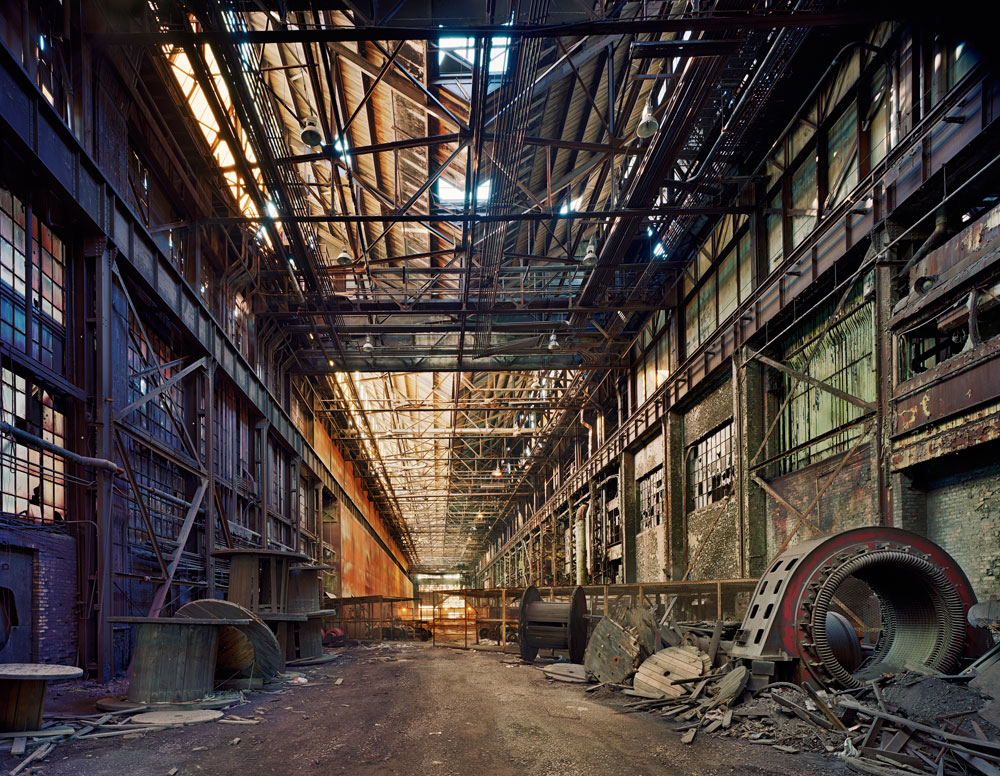
So how do those two things intersect? Mostly in whats called ruin porn. Buildings, rooms, even cities that are left completely unused for a long period of time. Hidden away from our eyes by nature or behind walls or gates with locks and no keys.
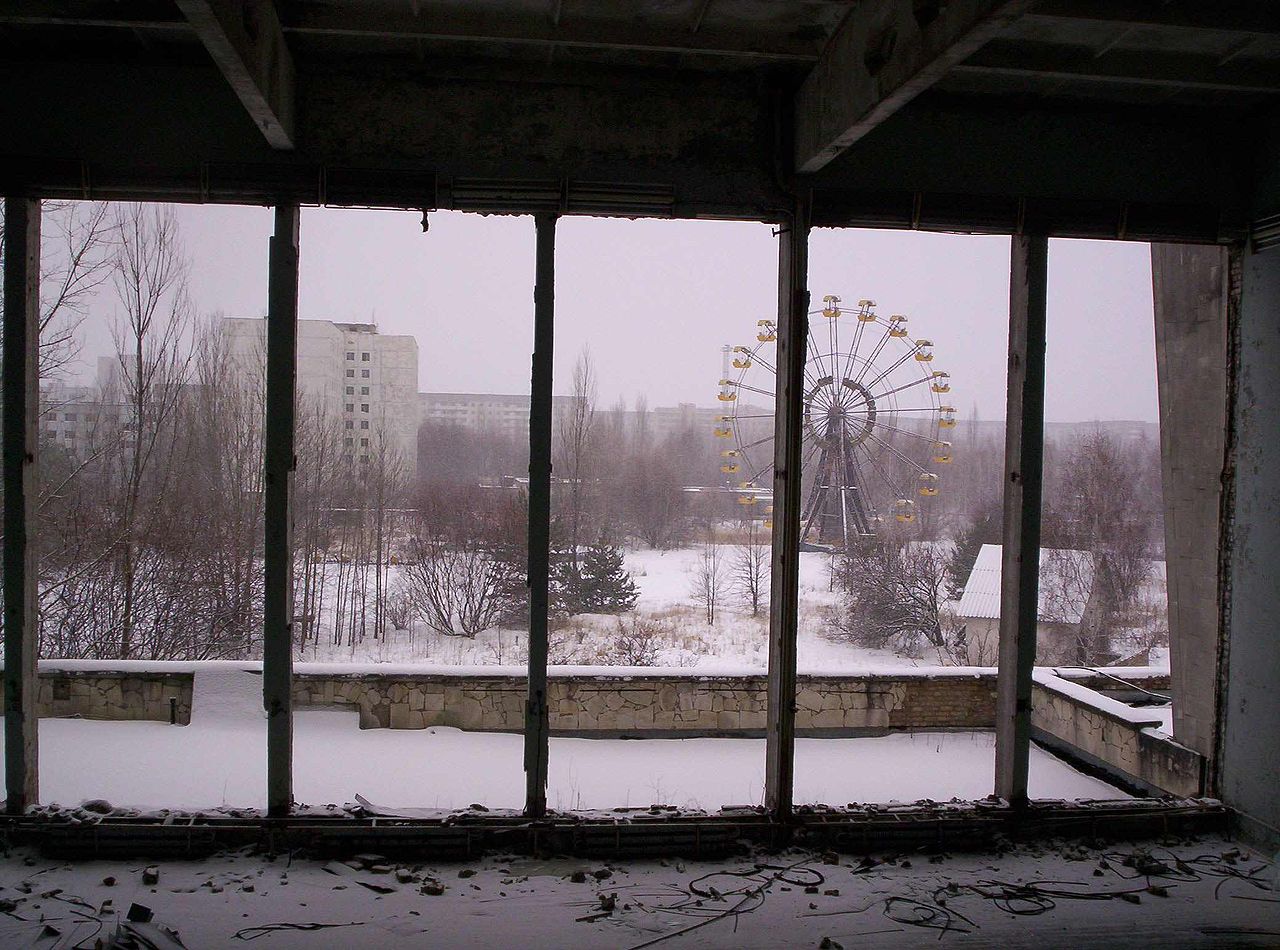
There are books and websites dedicated to finding and photographing these places. Everyone reading this will instantly recognise Pripyat even though I’ll wager none of you have been there. The evacuated town close to Chernobyl is one of the best sources of these amazing pictures and so many people try to get out there that they even run tours for photographers or those adventurers who want to visit for a time.
This business - and it is a business: you’re paying for your tour guide - that has grown up around this very niche market though has caused its own problems. Even though much of the city is exactly the way it was left years ago, there are accusations of posed rooms. One famous photograph of a room in the school full of gas masks is at the forefront of this. It’s a striking photograph and its makes you think but was it all for the cameras?
Even still, Pripyat is still at the top of the list for people to visit to see how much of a city gets reclaimed by nature when the people go away.
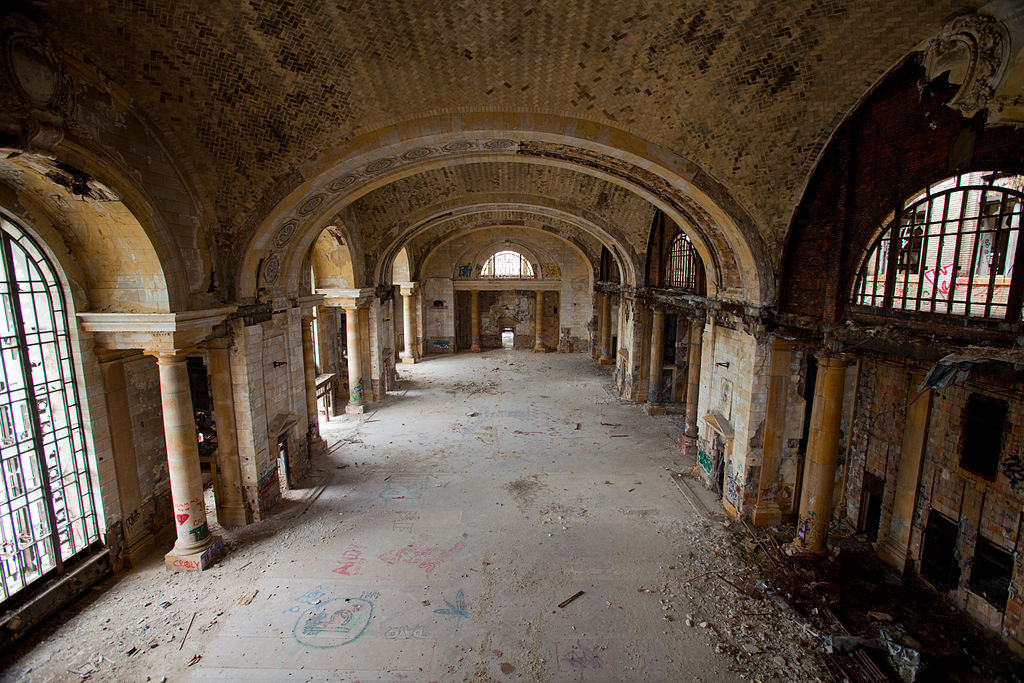
However, you don’t have to go to the Ukraine for more modest urban decay, although the recent property boom in Ireland has taken a lot of our sites away. Across Europe these old steel yards and office blocks exist. In America, they are just as common. Some of the most famous examples from America come from one city - Detroit. This is mostly because they’ve been in movies and because Detroit has been in the media spotlight a lot recently - as I wrote about here Detroit: A City in Trouble
Now, certain buildings hold more appeal than others. Old abandoned hospitals, especially mental health hospitals, seem to come up very often. I’m not suggesting there are more hospitals abandoned than other types of buildings but I think photographers are attracted to them because of the emotional response associated with them. A photo of a bed in a decaying room tends to have more impact in a mental asylum than an abandoned block of flats because your imagination - maybe prompted by movies or books - can picture what you think happened in it.
Old steel works - or other huge industrial sites - come up often. Hardhats, old lamps, and huge abandoned machinery just seem odd when obviously a great deal was spent on them. These tend to be my favorite buildings.
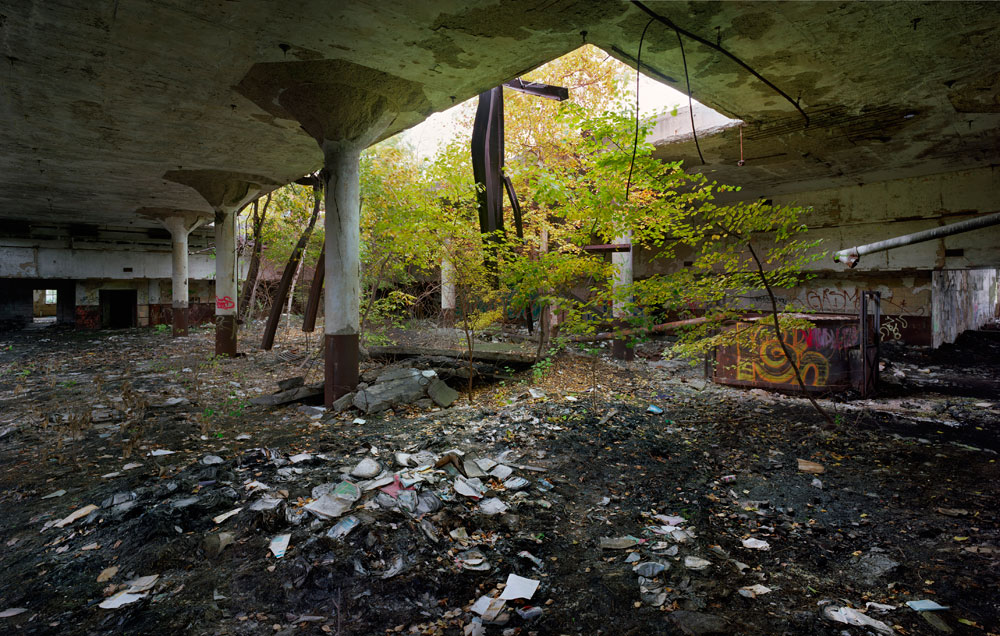
Schools and libraries make for some great photos, especially photographs that catch nature in the process of taking back what was once used by humans on a daily basis.
There’s also another side to abandonment. This side appeals to me a different - probably better for the environment - level. And that’s the reclamation side, and not by nature - by communities or other local organisations. One particularly good example shared by the broadcaster Rick O’Shea on twitter recently showed an abandoned Walmart that had been reused as a library by the local community. You can see more here: Abandoned Walmart is Now America’s Largest Library - WebUrbanist
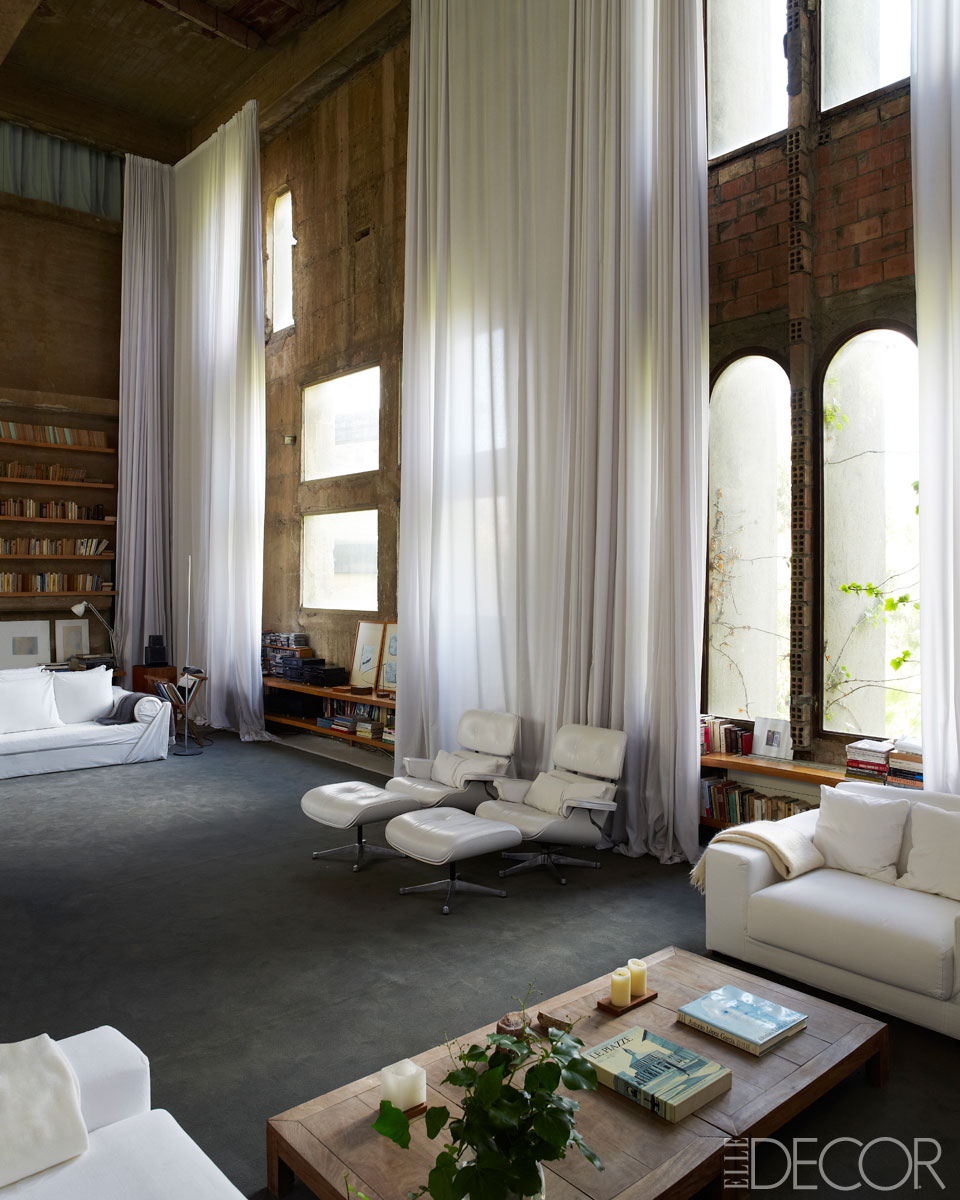
One from a few years ago that I particularly fell in love with is the architect Ricado Bofill‘s home. He turned an abandoned cement factory into what I consider to be one of the most beautiful houses in the world from the inside. Stunning tall windows, concrete walls, huge cavernous rooms and beautiful spaces. Granted, the outside is a little strange-looking, and the layout of the inside might be a little weird I’m sure, but it more than makes up for it in character and overall beauty. Elle Decor, Arch Daily, everyone really has run features on the house. I love it. More here: CONCRETE POETRY: RICARDO BOFILL ARCHITECTURE
So they’re two unexpected transformations that stick out in my mind. And I think that’s when reclamation works best - creating a completely different space to the one that existed before.
Some extra reading: